The Historic Village
Ongoing renovations may affect the capacity and operations of this park facility.
The Taylorsville area of Washington Crossing Historic Park, located at the intersection of Routes 32 and 532, is the heart of the park and the site of many modern-day programs, including the reenactment of George Washington’s river crossing. The following buildings of note are located in the village.
McConkey’s Ferry Inn
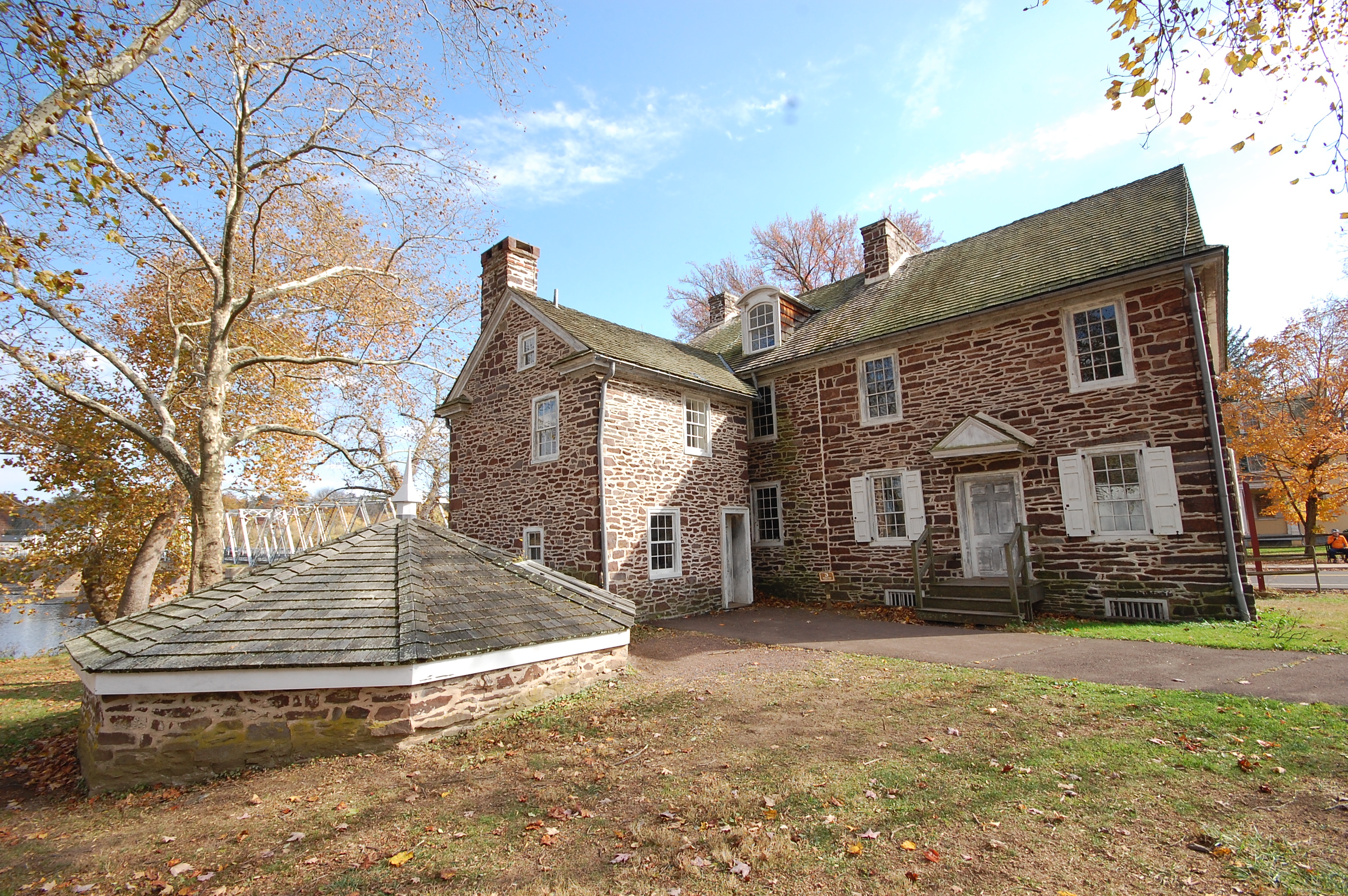
The Baker family built the first ferry on this site, one of many Delaware River ferry sites in Bucks County. The Bakers sold the ferry business to Samuel McConkey, who was the owner in 1776.
The first ferry building was built in 1752, but only the basement kitchen remains. The current inn was built in several stages; the west side, the one farthest from the river, was built around 1790 and includes the original basement. The building represents a typical country inn or tavern of the Revolutionary era and suggests the variety of amenities that would have been available to the traveler at that time.
During the Continental army’s stay in Bucks County in December 1776, the inn and the nearby ferry launch site were closely guarded by the troops. At McConkey’s Ferry on December 25, 1776, Washington wrote to Colonel Cadwalader, “I am determined as the night is favorable to cross the River…”
Mahlon K. Taylor House
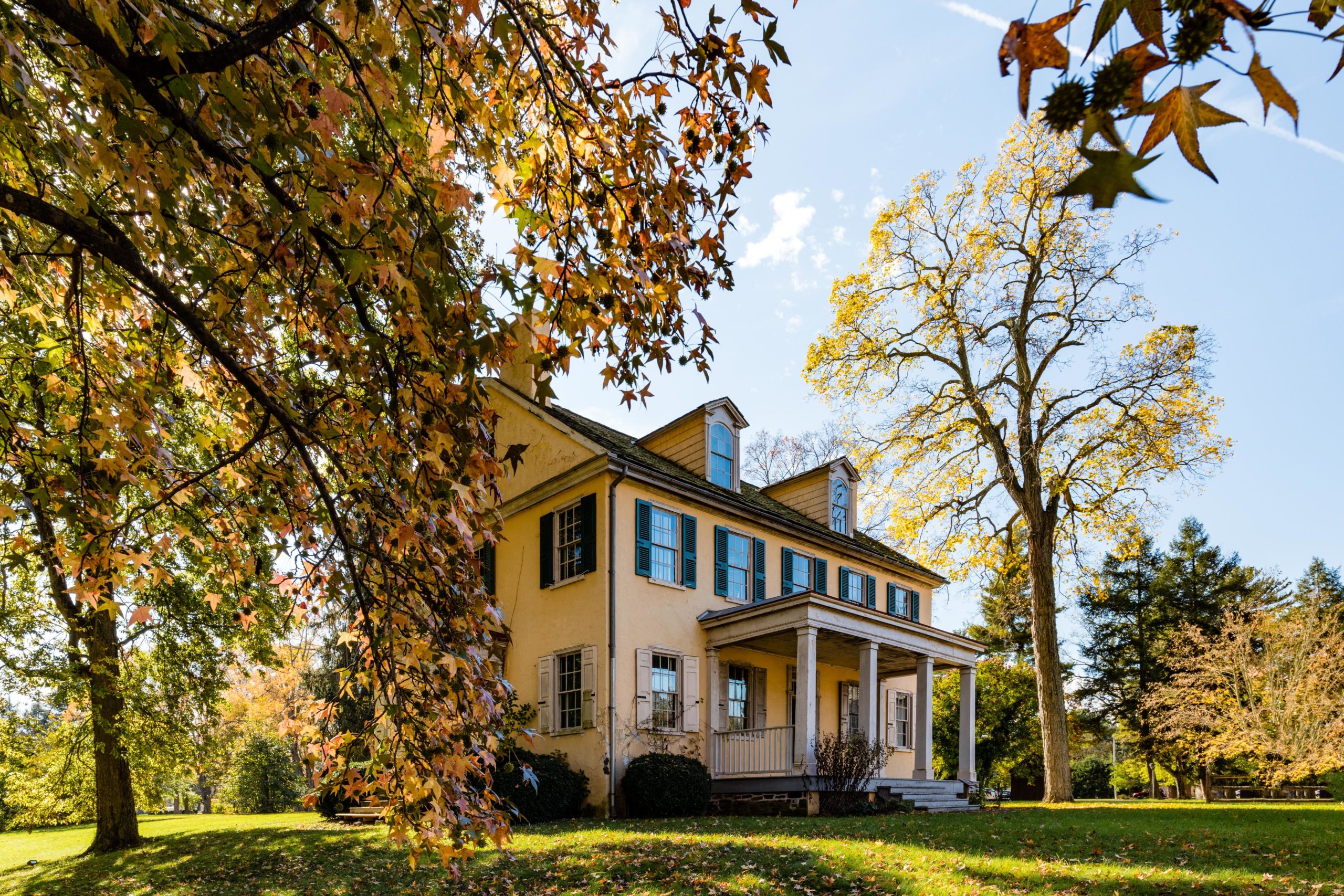
Born in 1791, Mahlon K. Taylor became the wealthiest and most influential member of the Taylor family. He was a fixture of Taylorsville’s commercial success until his death in 1870.
The stately home illustrates Taylor’s successful career as a merchant and entrepreneur. The house is a fine example of the degree to which the fashions and refinement of upper-class Philadelphians were beginning to influence rural Pennsylvania. Built in 1816-17, the house epitomized Taylor’s success.
Taylorsville Houses
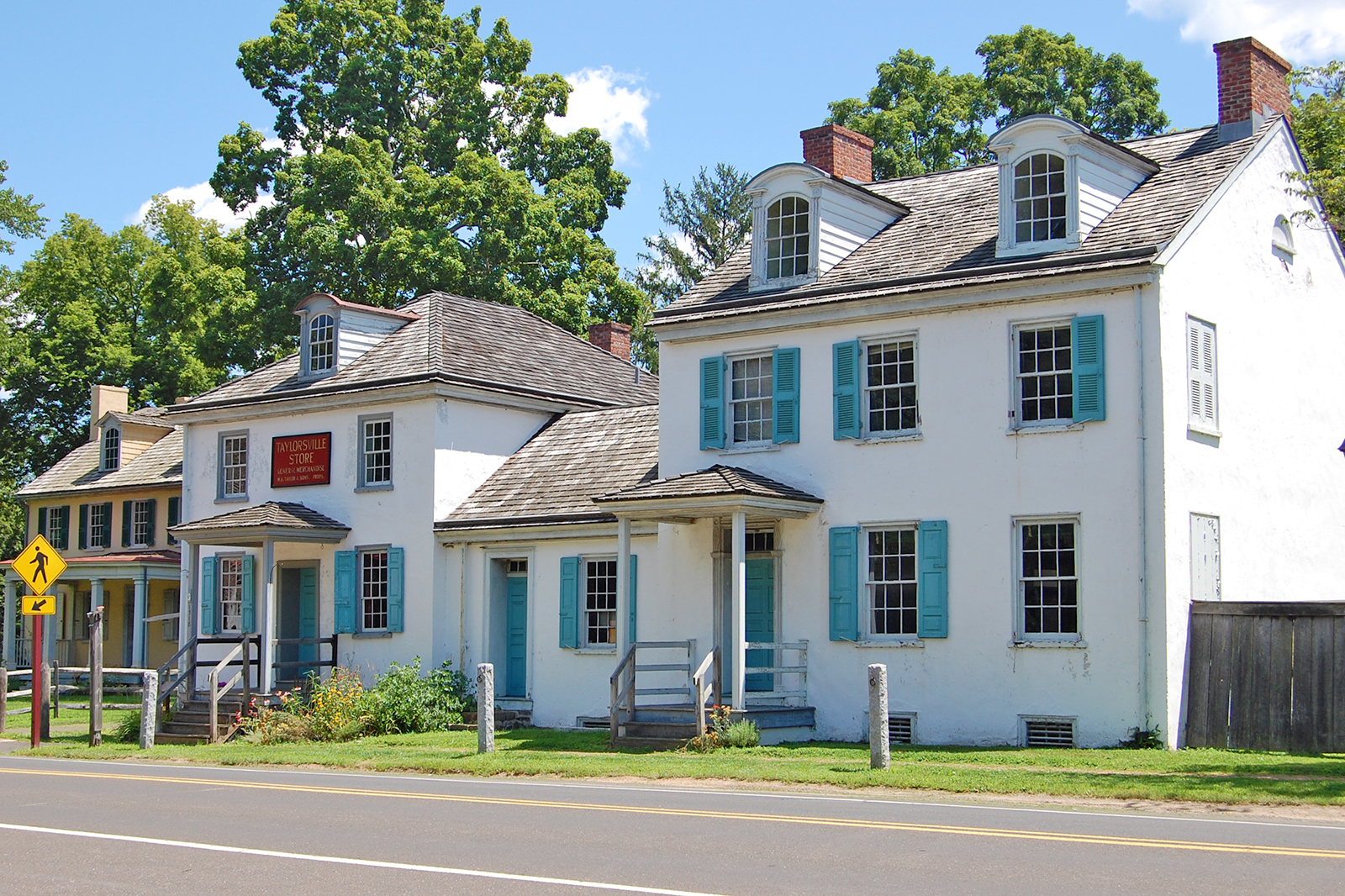
These 19th-century buildings were built by different members of the Taylor family as their own residences or to rent to trades and craftsmen. Many 19th-century country villages and towns also had general stores that sold a wide array of merchandise. A small community typically had only one general store, which also housed the post office, displayed notices and circulated information. Mahlon Taylor opened the Taylorsville store around, 1828 shortly before the Delaware Canal was constructed, and served as postmaster there for almost 40 years.
Hibbs House
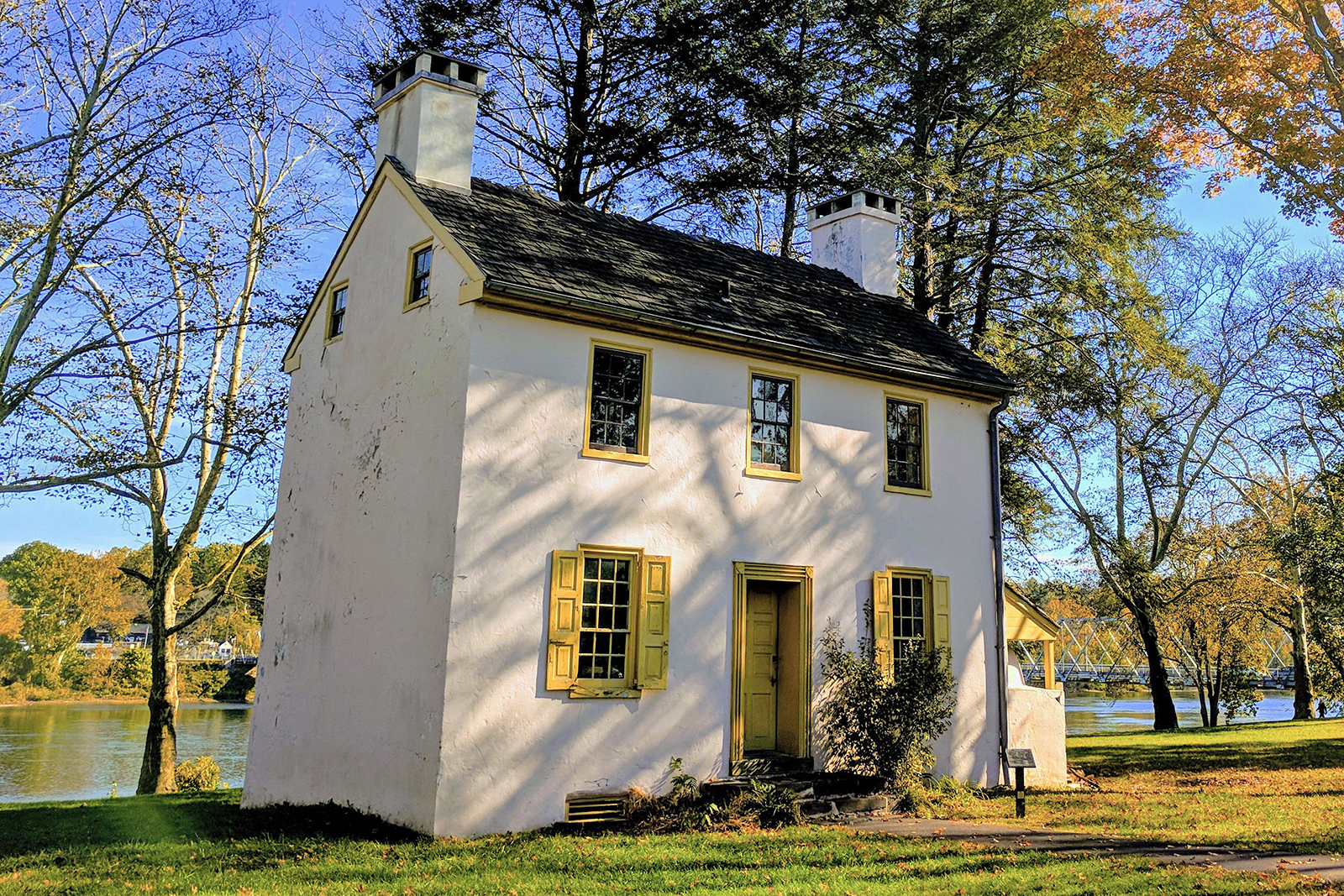
Built in 1828, this building was one of several tenant houses the Taylor family constructed to attract artisans to Taylorsville. It served as the home and workshop of a shoemaker, then a cooper, a wheelwright, and finally a carpenter, Abdon Hibbs. A typical two-room over two-room stone structure, it housed a worker, his family, and his apprentice, as well as his shop.
Frye House
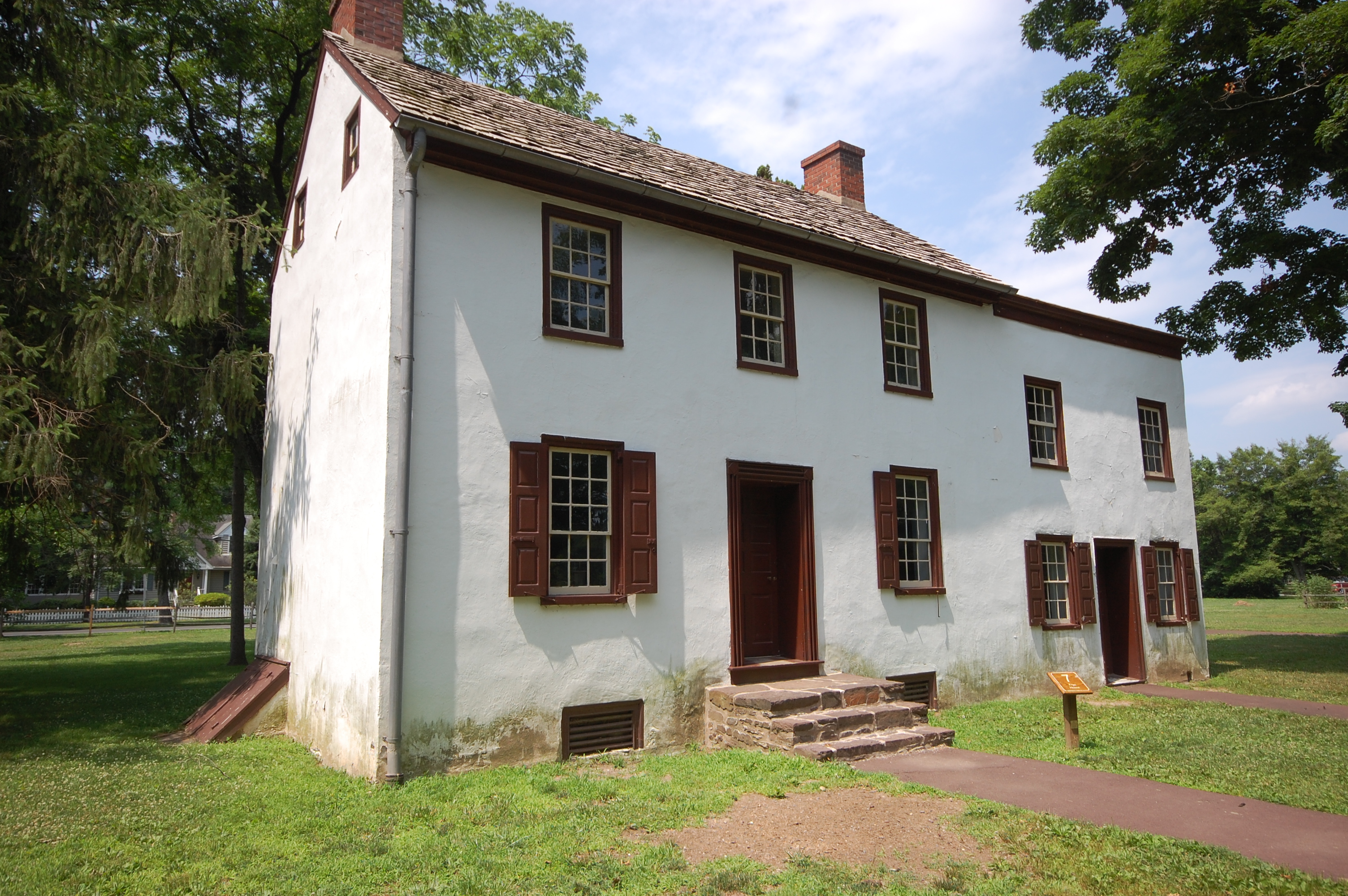
Bernard Taylor built the Frye House in 1828 as a tenant property. It housed Taylorsville’s blacksmith, his family, and his apprentice.
The Blacksmith Shop
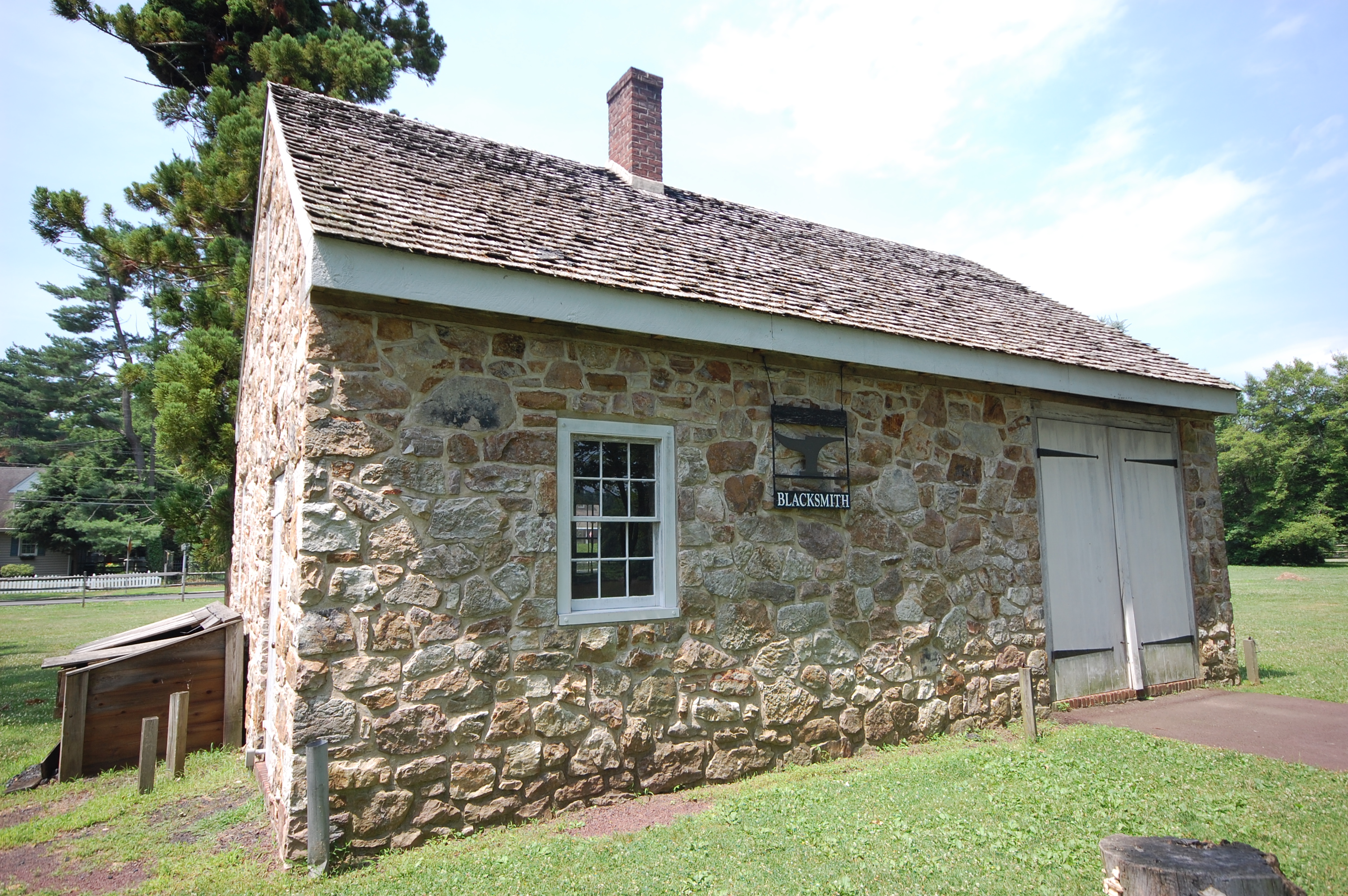
The blacksmith was an indispensable contributor to American life. With strength and skill, he fashioned iron tools and implements that were essential to work and to family life in the preindustrial era. Taylorsville’s original blacksmith shop was constructed around 1830. The current shop was built in 1990. Living-history demonstrations are conducted here during special events throughout the year.
Durham Boat Barn
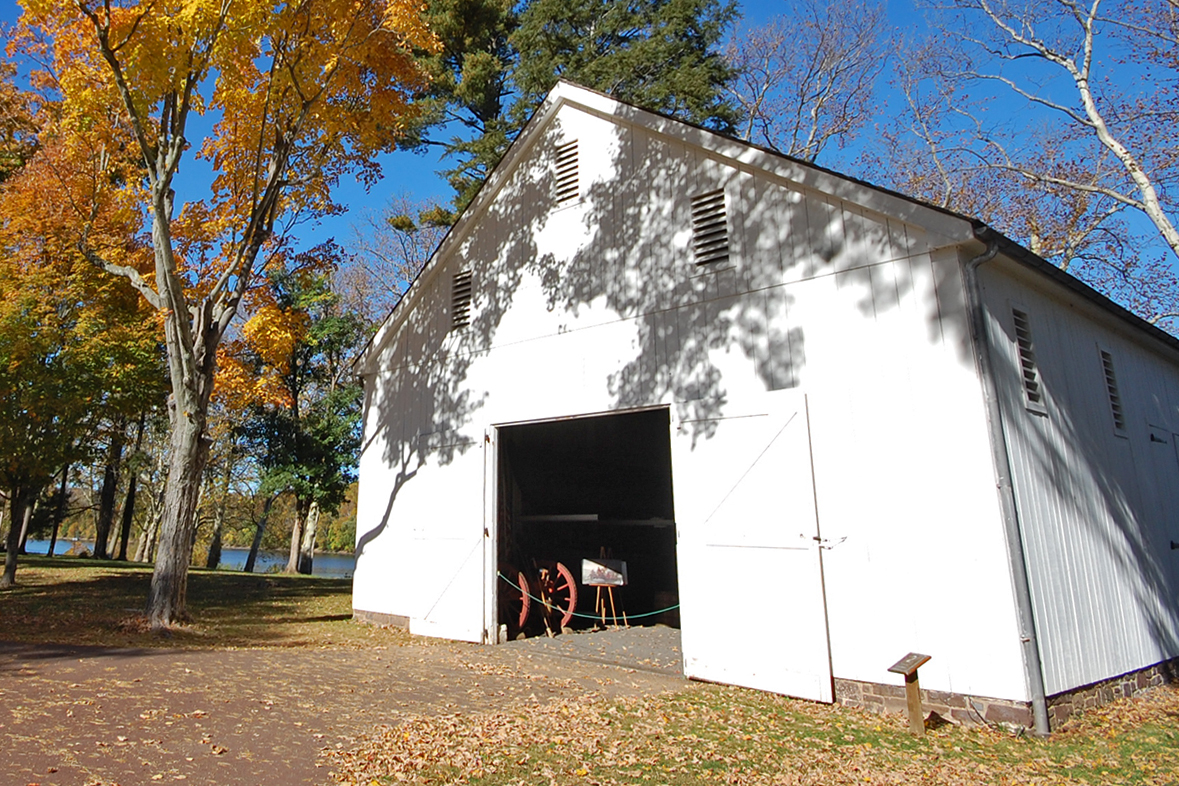
This 20th-century building was built in 1977 to house the replica Durham boats used in the annual re-enactment of Washington Crossing the Delaware. In the 18th century, Durham boats were used to carry iron ore and other bulk trade goods down the Delaware River to Philadelphia to process, or export overseas, and to bring loads of manufactured products to people living upstream from the city. Washington specifically ordered that these shallow-draft, yet stable boats be secured for the Crossing.
After the Revolution, Durham boats continued to carry cargo up and down the Delaware for more than half a century.
The replicas in this Boat Barn are approximately 40 feet long. Two were built in 1965 and 1976 in Point Pleasant, NJ, by the Johnson Brothers Boat Works. Boatbuilder Paul Rollins of York, Maine, constructed the other reproductions in 1996 and 1997.

